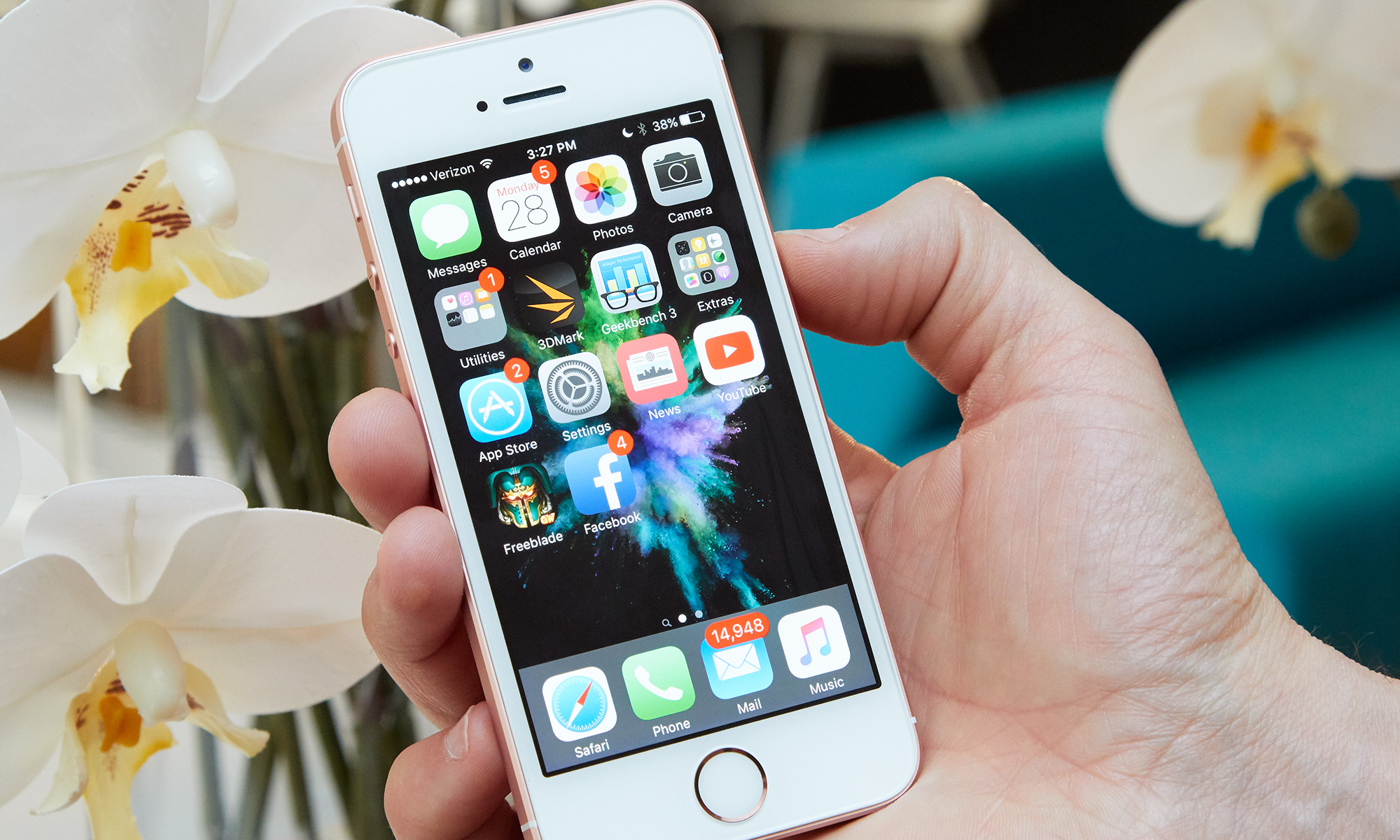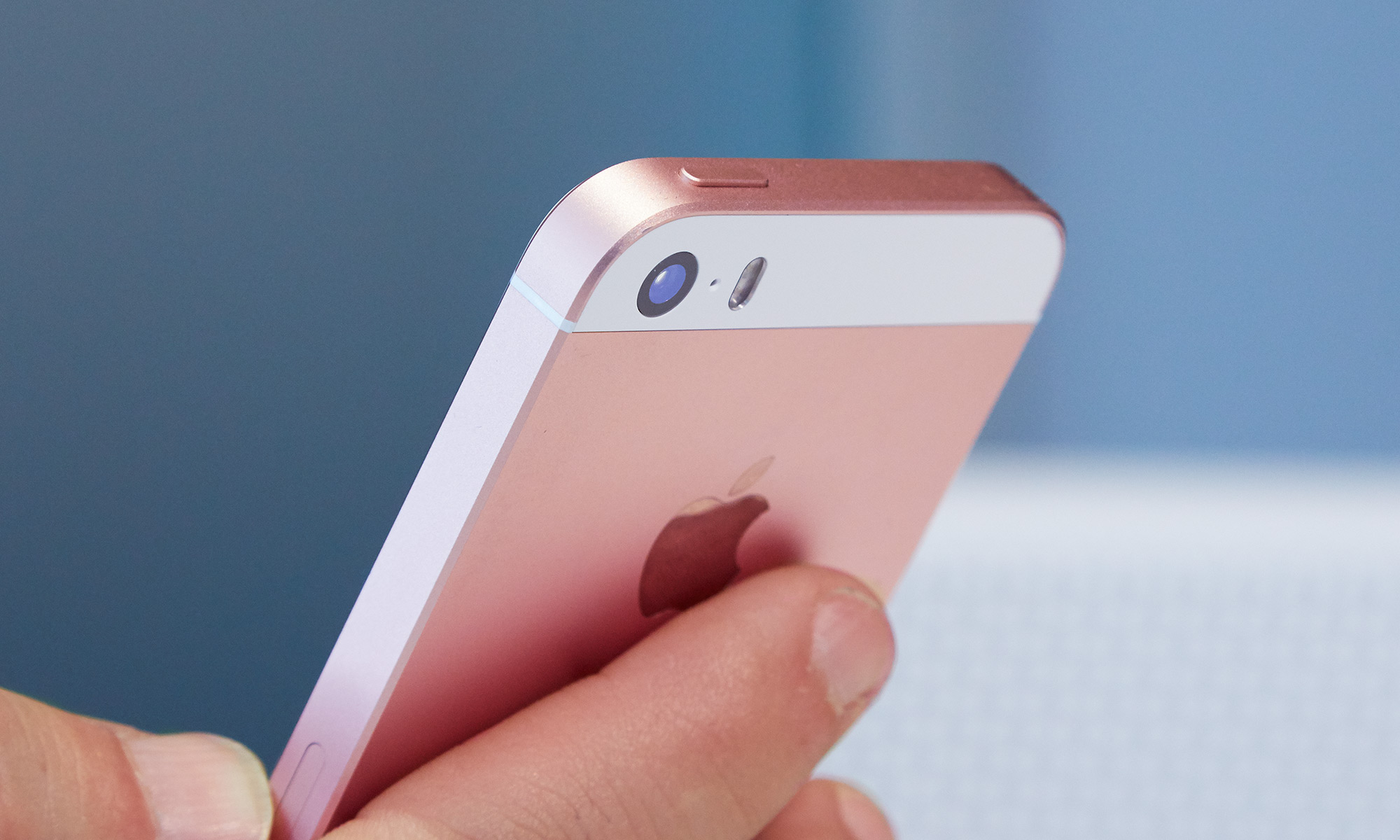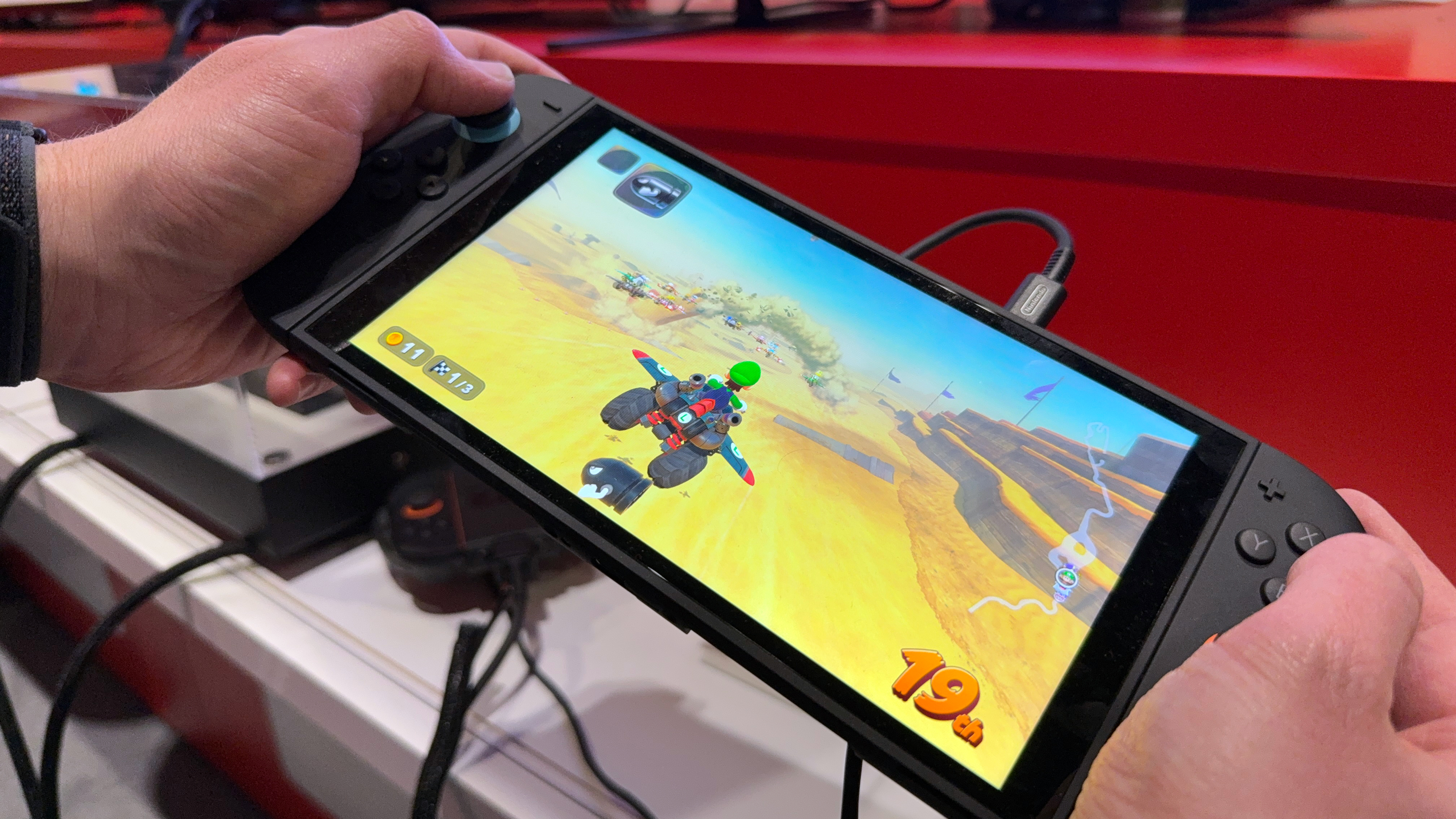An iPhone SE 2 Is Long Overdue: Here's What I Want
The iPhone SE still fits in with Apple's phone lineup. So what should a new version of the 4-inch phone offer?
Two years ago, Apple released the $399 (now $349) iPhone SE, an update to the iPhone 5 and 5s that kept the smaller, 4-inch iPhone size alive. On several occasions, Apple has mentioned that the iPhone SE — appealing not just to fans of small phones but also to those on tight budgets — has sold better than the company initially expected.

It's a happy story about Apple discovering new life in an old design, but will it have a happy ending? The A9 processor powering the iPhone SE is now 30 months old. It's about time for an iPhone SE replacement to arrive, but will it happen? And if so, what aspects of the phone will Apple upgrade?
I believe in the future of the iPhone SE, but I believed in the 4-inch size before that phone ever existed. The 4-inch screen design of the iPhone 5 and iPhone 5s appealed to a lot of people who didn't care for the trend of increasingly large phone screens. In the year before the announcement of the iPhone SE — keep in mind, this was when the iPhone 6 and 6s walked the Earth — Apple still sold 30 million 4-inch iPhones, about 13 percent of the total number of iPhones sold. The market for a smaller phone didn't evaporate when the larger phones arrived.
When the time came for the 5s to be put out to pasture, Apple replaced the phone with the SE — and sold the new models faster than it could manufacture them. "It is clear that there is demand there, even much beyond what we thought," Apple CEO Tim Cook said while announcing the SE's first full quarter of sales.
MORE: iPhone X vs iPhone 8 vs iPhone 7: Which One's Right For You?
Apple doesn't break down iPhone sales by model, so there's no way to know how well a 2-year-old SE is selling compared to the iPhone 6s, 6s Plus, 7, 7 Plus, 8, 8 Plus and X models the company's also offering. (And let's take a moment to recognize that Apple's current iPhone price list features eight different models!) But my guess is that it's in the 10 to 15 percent range, and that's a useful place to be — both to keep those fans of smaller phones happy, but also to provide entry into some markets, such as India, that can't bear the prices of Apple's higher-end phones. (For what it's worth, IHS Markit puts the iPhone SE's share of Apple's phone sales at 10 percent for 2016 and 7 percent for 2017 but says that smaller handsets are particularly popular in Europe.)
So, if we're all convinced that the iPhone SE is going to remain a real product, the next question is what a new version will look like. I don't expect much to change in the phone physically; it's far easier and cheaper for Apple to continue using the existing iPhone 5-based design rather than put design resources into the company's low-end phone.

It's what's on the inside that counts, anyway. So let's consider Apple's recent release of the sixth-generation iPad. This is another example of an older Apple product style and design that hold down the bottom of a price list and get updated with technology that's not quite state of the art. The 2018 iPad is powered by an A10 Fusion processor, same as in the iPhone 7 introduced 18 months earlier. The iPhone SE, on the other hand, uses the same A9 processor as the iPhone 6s, which was introduced only six months before the SE's 2016 release.
So, if the iPhone SE gets an update this year, it could either inherit the A10 Fusion processor of the iPhone 7 or get the A11 Bionic processor that powers the iPhone 8 and iPhone X. My bet would be that, because Apple wants to update the iPhone SE only every couple of years, it's more likely that Apple would use the A11 Bionic processor. That way, a new iPhone SE would still be worth buying in the spring of 2020.
MORE: 12 Best iOS Apps You're Not Using (But Should Be)
Presumably, other parts of the iPhone SE would be updated simultaneously with iPhone 8 parts, including a dramatically upgraded FaceTime HD camera and support for 4K-video recording. I don't expect, however, that Apple will bring wireless charging to the iPhone SE. Mostly, that's because this upgrade would require more rejiggering of the basic design of the phone than is necessary overall. (For the same reason, I think it's only even money that Apple bothers to remove the headphone jack.)
However, it's important to remember that Apple still sells the iPhone 6s, and for $100 more than the iPhone SE. Apple may believe it could easily get away with the A10 Fusion processor and a more iPhone 7-like collection of specs in the iPhone SE. And it would be hard to argue strenuously against that notion. An A10-based iPhone SE would be useful for years to come and would allow Apple to continue holding the line at $349.
Either way, I'm enthusiastic about the future of the iPhone SE. I want to believe that it will get an off-year update in 2018 so that it's not the last-remaining A9 processor in the iPhone line when the iPhone 6s inevitably gets dropped this fall. If the SE is a good enough iPhone to sell — and it is — it's a good enough phone to update. Here's hoping we see that happen in the next month or two.
Credit: Tom's Guide
Sign up to get the BEST of Tom's Guide direct to your inbox.
Get instant access to breaking news, the hottest reviews, great deals and helpful tips.
Jason Snell was lead editor of Macworld for more than a decade and still contributes a weekly column there. He's currently running the Six Colors blog, which covers all of Apple's doings, and he's the creative force behind The Incomparable, a weekly pop culture podcast and network of related shows.
-
cpuiulet Sold my iPhone this week and went full Android. I'm amazed at how much better Android is. With the new update to 8.0 and 8.1, it's at a whole different level. Too much to cover here, but I'll say, the dual screen and the ability to watch youtube and move the screen around of videos and the GPS navigation while working on other apps it's something that's just brilliant and was sold on it as soon as I started using it. My iPhone all of a sudden felt light years behind. And anyone saying otherwise has not used an Android 8.0,8.1 to its fullest.Reply -
darkdarksuper2020 stay far from any operating system made by java. It will be very slow and needs too much memory and the memory managment will be very bad. you will end up with a useless phone. I am talking about android. In the other hand IOS is made by objective C which is very fast and great in memory managment. So as a result ios is always good for you and more secure by far.Reply
